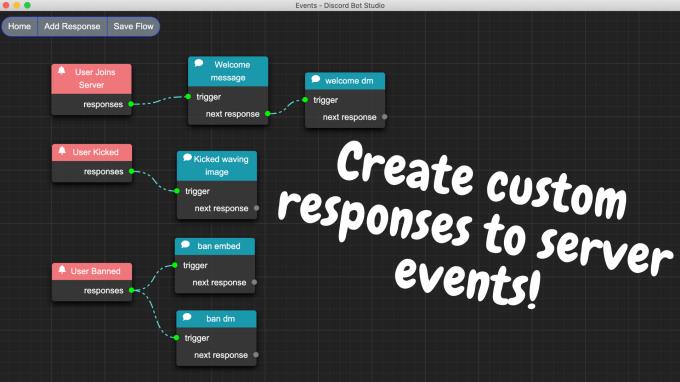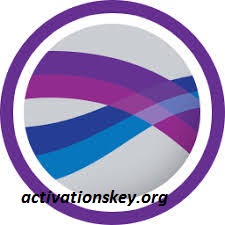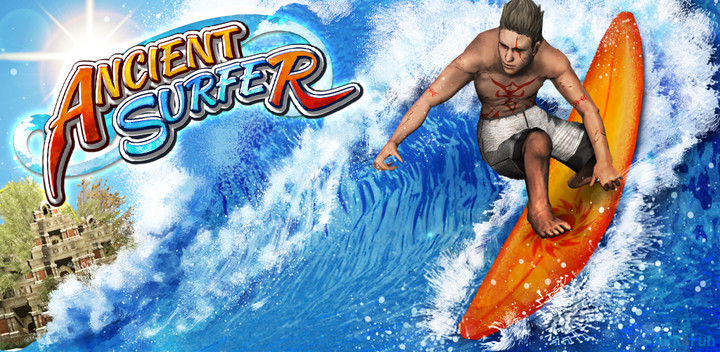
Three major subdivisions within stand-up surfing are stand-up paddling, long boarding and short boarding with several major differences including the board design and length, the riding style and the kind of wave that is ridden. The closest form of body surfing using a board is a handboard which normally has one strap over it to fit on one hand. Body surfing, in which the wave is caught and ridden using the surfer's own body rather than a board, is very common and is considered by some surfers to be the purest form of surfing.

Other types of surfing include knee boarding, surf matting (riding inflatable mats) and using foils.

Ancient cultures often surfed on their belly and knees, while the modern-day definition of surfing most often refers to a surfer riding a wave standing on a surfboard this is also referred to as stand-up surfing.Īnother prominent form of surfing is body boarding, where a surfer rides the wave on a bodyboard, either lying on their belly, drop knee (one foot and one knee on the board), or sometimes even standing up on a body board. The Moche of Peru would often surf on reed craft, while the native peoples of the Pacific surfed waves on alaia, paipo, and other such water craft. The term surfing refers to a person riding a wave using a board, regardless of the stance. Waves suitable for surfing are primarily found on ocean shores, but can also be found in standing waves in the open ocean, in lakes, in rivers in the form of a tidal bore, or in wave pools.

Surfing is a surface water sport in which an individual, a surfer (or two in tandem surfing), uses a board to ride on the forward section, or face, of a moving wave of water, which usually carries the surfer towards the shore. World Surf League (WSL), International Surfing Association (ISA)


 0 kommentar(er)
0 kommentar(er)
